Are you thinking of shipping ceramics to your customer or a loved one? Shipping ceramic items can seem daunting, but with the proper preparation and packaging techniques, you can ensure that your ceramics arrive safely and in one piece.
How to ship ceramics can be a delicate and challenging endeavor due to their fragile nature. Whether you’re sending a handmade pottery piece to a customer or transporting family heirlooms across the country, ensuring they arrive intact requires careful planning and proper packaging techniques.
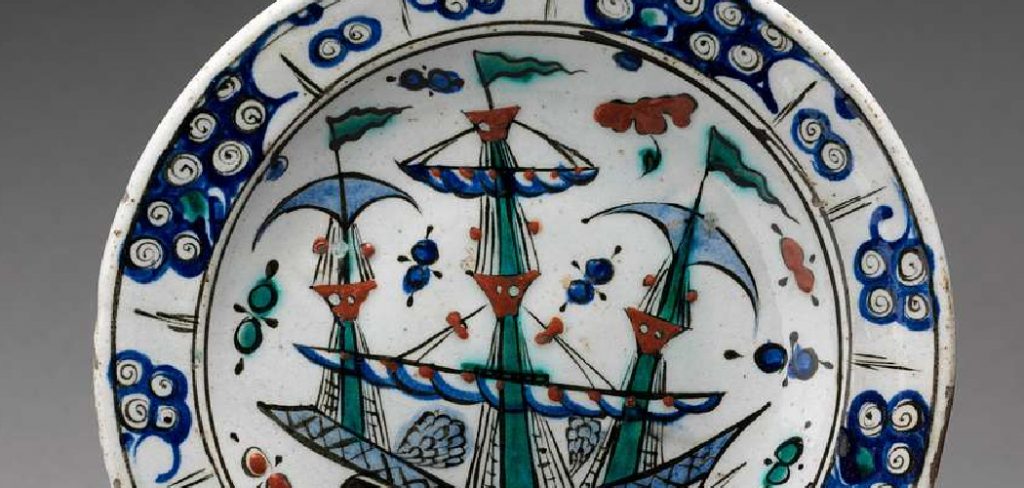
This guide will walk you through the essential steps for packing and shipping ceramics safely and securely, highlighting important materials and strategies to minimize the risk of damage during transit.
By following these guidelines, you can ensure that your ceramic items reach their destination in perfect condition.
What Will You Need?
Before you start packing your ceramics, gathering all the necessary materials is essential. You will need:
- Bubble wrap or foam sheets
- Packing peanuts or crumpled paper
- Packing tape
- Boxes of various sizes
- Fragile labels
- Scissors
It is crucial to use high-quality packaging materials to provide adequate protection during shipping. Avoid using newspaper or old newspapers, as they do not offer enough cushioning and can damage the ceramics.
10 Easy Steps on How to Ship Ceramics
Step 1. Inspect the Ceramic Item:
Before packaging, carefully examine the ceramic item for any pre-existing damage, such as cracks, chips, or scratches. Identifying these imperfections beforehand allows you to take additional precautions if necessary. Assessing the item also ensures you clearly understand its dimensions and any areas that may require extra cushioning.
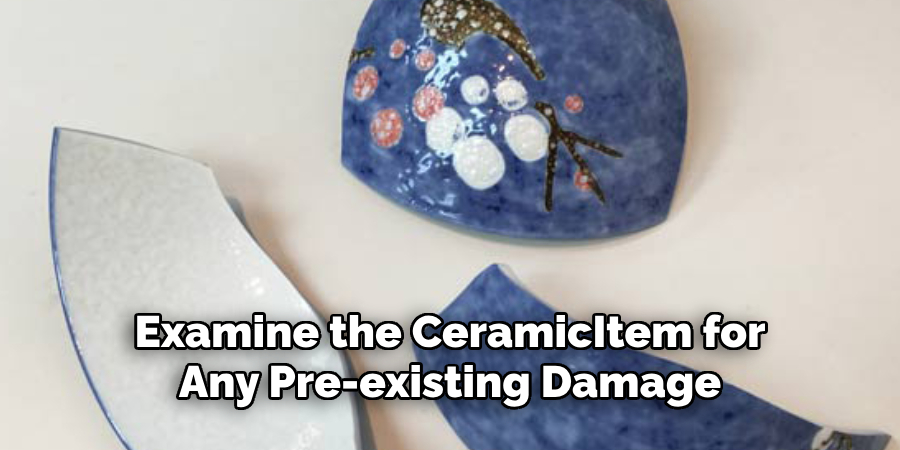
If you’re shipping a more valuable piece, consider documenting its current condition with photographs, which can serve as a reference in the event of any damage claims. Inspecting the item thoroughly will set the foundation for the packing process and help you choose the most appropriate protective measures.
Step 2. Choose the Right Box:
Select an appropriately sized box for the ceramic item you are shipping. Ideally, the box should be larger than the item, allowing for at least two inches of space on all sides for cushioning materials. It’s essential to use a sturdy, corrugated cardboard box that can withstand the rigors of transit. The box should also be clean and free from any prior damage. If you’re shipping multiple ceramic pieces, consider using dividers or separate boxes for each item to prevent them from colliding during shipment. Proper box selection is a key step in ensuring that your ceramics have a secure and protective environment while in transit.
Step 3. Wrap the Ceramic Item:
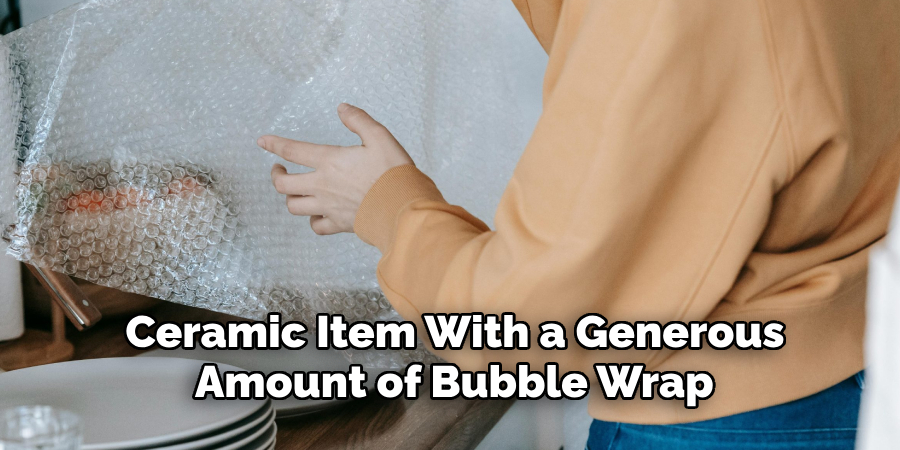
Begin wrapping the ceramic item with a generous amount of bubble wrap or foam sheets to create a protective barrier. Ensure that every part of the item is covered, paying particular attention to protruding or delicate parts that might be more susceptible to damage. Once the item is fully wrapped, secure the wrapping with packing tape to keep it from unraveling during transit. For added protection, consider double-wrapping the ceramic piece, especially if it is fragile or valuable. The goal is to provide sufficient cushioning to absorb any shocks or impacts that may occur during shipment, helping to minimize the risk of damage.
Step 4. Cushion the Box:
Before placing the wrapped ceramic item into the box, fill the bottom of the box with a layer of packing peanuts or crumpled paper. This initial layer acts as a shock absorber, helping to protect the ceramic from impacts. Gently place the wrapped item into the box, ensuring it is centered. Fill any remaining spaces around the item with additional packing material, ensuring that the item is snug and does not move around. The packing material should support the ceramic from all sides, including the top, to prevent movement or shifting during transit. This cushioning step is vital in reducing the risk of damage by providing a protective buffer that absorbs any external forces encountered during shipping.
Step 5. Secure the Box:
Once the ceramic item is cushioned correctly, it’s time to close and secure the box. Fold the flaps of the box down neatly and seal them with strong packing tape. Multiple strips of tape across the seams, both on the top and the bottom of the box, enhance the box’s integrity and prevent it from opening during transit. If the box is particularly large or heavy, consider reinforcing it by taping along the edges.
Step 6. Label the Box Clearly:
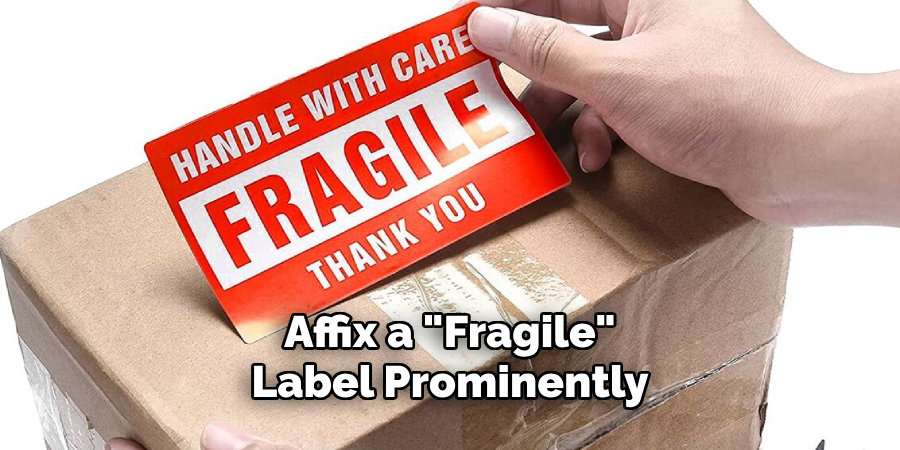
After sealing the box, affix a “Fragile” label prominently on all sides to alert handlers that the contents require careful handling. Including “This Side Up” labels can also help ensure the package is carried and stored correctly, minimizing the chances of the ceramic item being turned inappropriately. Clear and visible labeling effectively communicates the need for caution throughout the shipping process, assisting postal workers and couriers in handling the package with the necessary care to prevent damage.
Step 7. Choose the Right Shipping Service:
Selecting an appropriate shipping service is crucial for safely delivering your ceramics. Opt for a service that offers reliable tracking and insurance options, providing peace of mind in case of loss or damage. Consider using a service specializing in fragile items, as they may offer additional protective measures during transit. It’s also beneficial to choose a delivery option that matches the shipment’s urgency, whether standard, express, or overnight delivery. Ensuring that your ceramic items are in the hands of a trusted carrier will significantly enhance their chances of arriving safely and intact at their destination.
Step 8. Monitor the Shipment:
After dispatching your package, monitoring the shipment to ensure it is progressing as expected is essential. Most shipping services provide tracking numbers, which can be used to check the current status of your package online. Monitor the estimated delivery date and be alert to any updates or possible delays. If the package is delayed or misrouted, contact the carrier immediately to rectify the situation. Monitoring your shipment allows you to stay informed and take proactive steps if any issues arise, increasing the likelihood of a successful delivery.
Step 9. Inspect Upon Arrival:
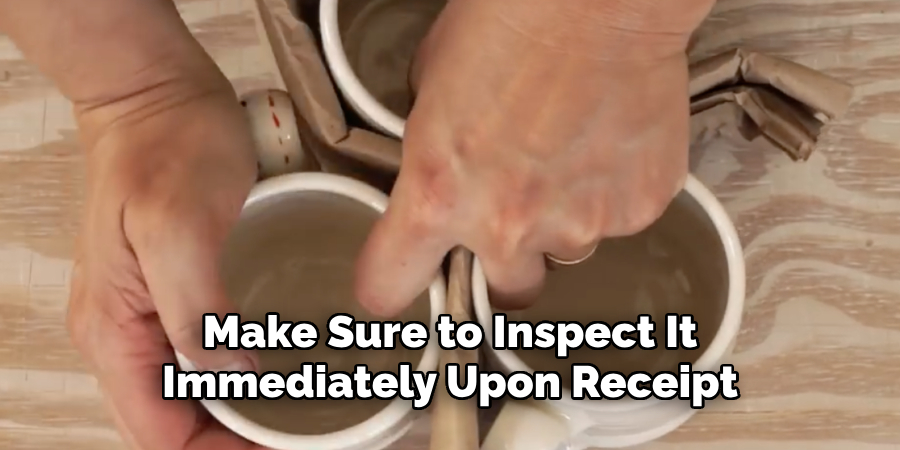
Once your ceramic item has been delivered, make sure to inspect it immediately upon receipt. Carefully open the packaging while avoiding damage to the contents and verify if the item has arrived in the condition it was sent. Check for any chips, cracks, or other damages that may have occurred during transit. If there are noticeable issues, document them with photographs and contact the shipping service to file a claim if necessary. Timely inspection upon arrival is crucial to address any concerns promptly and ensure that your ceramic piece remains in pristine condition.
Step 10. Provide Feedback:
Providing feedback regarding the shipping process can be invaluable for both the carrier and future customers. Once you have completed the inspection of your ceramic item and are satisfied, take a moment to rate the shipping service and leave comments about your experience. Share insights about the service’s handling of fragile items, timeliness, communication, and overall satisfaction. Positive feedback can encourage the service to maintain high standards, while constructive criticism can highlight areas for improvement. Engaging in this feedback process not only aids in refining the shipping service but also contributes to fostering a more reliable and customer-centered service landscape.
By following these ten steps, you can safely ship your ceramic items without worry and ensure that they arrive at their destination in pristine condition.
What Type of Packaging is Best for Ceramic Items?
When it comes to shipping ceramic items, the most important factor is protection.
- Bubble wrap: This packaging material provides excellent cushioning for ceramic items and is commonly used to ship fragile goods. It is lightweight and moisture-resistant and can easily be cut to fit any shape or size of the item being shipped.
- Packing peanuts: Made from polystyrene foam, packing peanuts are another popular choice for protecting ceramic items during shipping. They are lightweight, inexpensive, and provide good shock absorption. However, they may create a mess when unpacked.
- Crumpled paper: Many shippers prefer to use crumpled paper as cushioning material for ceramic items. It’s an eco-friendly option that’s readily available and can be recycled after use.
- Air pillows: These lightweight and durable packing materials are commonly used for shipping fragile items. They are inflated with air and can be easily molded to fit the shape of the shipped ceramic item.
- Foam inserts: Foam inserts offer the best protection for high-value or delicate ceramic items. They are custom-molded to fit the specific dimensions of the item and provide maximum shock absorption during transit.
Ultimately, the most suitable packaging material for your ceramic items will depend on their size, weight, fragility, and value. It’s recommended to use a combination of these materials for optimal protection and secure packaging.
Conclusion
How to ship ceramics safely requires thorough preparation and attention to detail.
By carefully following the steps, from selecting the right packaging materials to choosing a reliable shipping service, you can significantly reduce the risk of damage during transit. Proper labeling and monitoring of the shipment add additional layers of security, ensuring that your ceramics reach their destination in optimal condition. Additionally, inspecting the items upon arrival and providing feedback to the shipping service can contribute to continuous improvements in handling and customer service.
Overall, with the right precautions and practices, shipping ceramics can be a worry-free experience, preserving the integrity and beauty of these delicate items.
With a keen eye for detail and a deep understanding of the firing process, I bring ceramics to life as a skilled kiln operator. My expertise ensures that each piece reaches its full potential, achieving the perfect balance of strength and beauty. I take pride in overseeing the critical final stage of pottery creation, transforming raw clay into stunning, durable art. 🎨
From monitoring temperatures to perfecting firing schedules, I ensure that every piece is fired to perfection. My role is not just about operating the kiln; it’s about understanding the unique needs of each creation and bringing out its best qualities.
Join me on this journey of precision and passion, where every firing tells a story. Whether it’s a delicate vase or a robust sculpture, I am dedicated to making sure that every piece that comes out of the kiln is a masterpiece. 🏺✨
Toby Rede is a professional potter focused on creating functional and artistic ceramics. His work blends natural textures with modern forms, often inspired by sustainable gardening and outdoor environments. Toby’s pottery emphasizes both utility and beauty, reflecting his philosophy of intentional craftsmanship. On the blog, he shares insights on integrating handmade objects into everyday life.
Education
- Master of Fine Arts in Ceramics, California College of the Arts
Professional Focus
- Creating practical pottery for everyday use.
- Using unique styles and techniques to convey narratives in ceramics.
Professional Accomplishments
- Showcased work in local and national art galleries, gaining recognition for craftsmanship.
- Received accolades for innovative designs in pottery competitions.